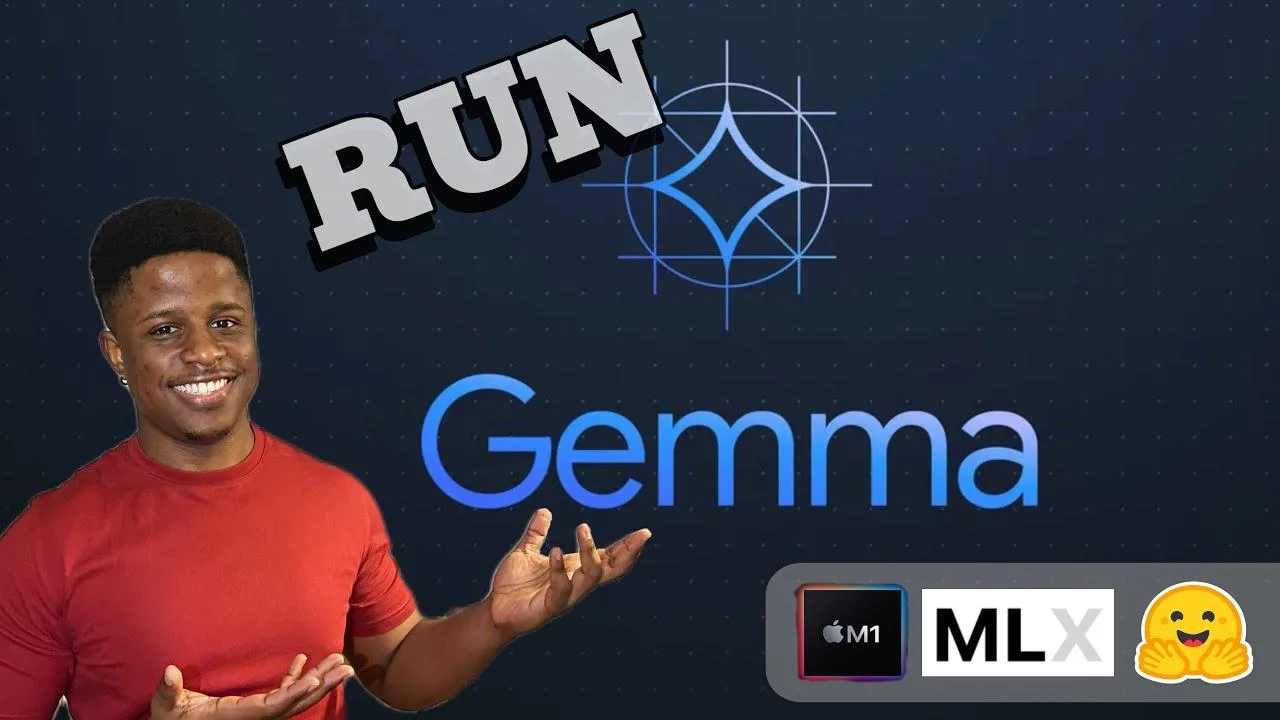Gemma is a game-changer, outperforming Mistral 7B. It’s easy to use and runs lightning-fast on my Macbook. Just download it, use Hugging Face, and you’re good to go. The AI is mind-blowing and can generate the most compelling summaries. Plus, it’s got open API compatibility for even more flexibility. Mind = blown! 🤯 #NextLevelTech
Table of Contents
ToggleGemma Introduction 💎
Gemma, a lightweight open-source LLM model, offers two size variants, both of which outperform the Mistral 7B model. To run this model locally, you will need the hugging face library and a prompt to generate textual outputs.
Setting Up the Environment 🛠️
To begin, you will need to install the necessary libraries and setup the environment using hugging face and hugging face transformers. Also, leveraging the MLX library ensures optimized performance on Apple’s silicon M1 chip.
Running Gemma Models 🚀
The process of running Gemma models involves importing the load function and tokenizer and generating results using the generate function. Additionally, you can load documents, create a list of prompts, and optimize the model to generate coherent and cohesive summaries.
Generating Summaries using the Gemma Model 📝
By creating a list of prompts and using the provided model to generate summaries of documents, you can aggregate multiple summaries to create a final comprehensive overview of the input document.
Running Gemma with Open AI Libraries 🤖
You can also leverage open AI libraries to run the Gemma model, either using the provided code or invoking curl requests to obtain the desired outputs, either on the terminal or via the open API.
Conclusion 💡
In conclusion, Gemma offers a powerful and flexible platform to conduct extensive text generation and summarization tasks locally. With the capabilities to create various sizes of summarized outputs, it’s a valuable tool for developers and researchers alike.
| Key Takeaways |
|---|
| – Gemma offers lightweight models with superior performance |
| – Running Gemma models locally requires setting up the environment with hugging face libraries |
| – It is possible to generate summaries using the Gemma model and open AI libraries |
This article provides an insight into the process of getting started with Gemma, a new open-source LLM model introduced by Google. By following the outlined steps, users can benefit from running Gemma models locally and using them to generate diverse text outputs, creating a seamless experience for developers and researchers across various fields.
Related posts:
- How to make a million a month as an IT programmer?
- OpenAI responds to New York Times | “The lawsuit from NYT lacks merit”
- PBLV Season 2, Episode 486 | A new police commissioner at Mistral
- “2024: Easily Install and Utilize Stable Diffusion on Windows (Step-by-Step)
- RAG versus Context Window: Does Gemini 1.5 Pro Really Change the Game? A look at how this new update could be a game-changer.
- Why not follow GEMMA – MARTITA? Keys of the FEMALE circuit with SEBA NERONE | Improve your paddle






